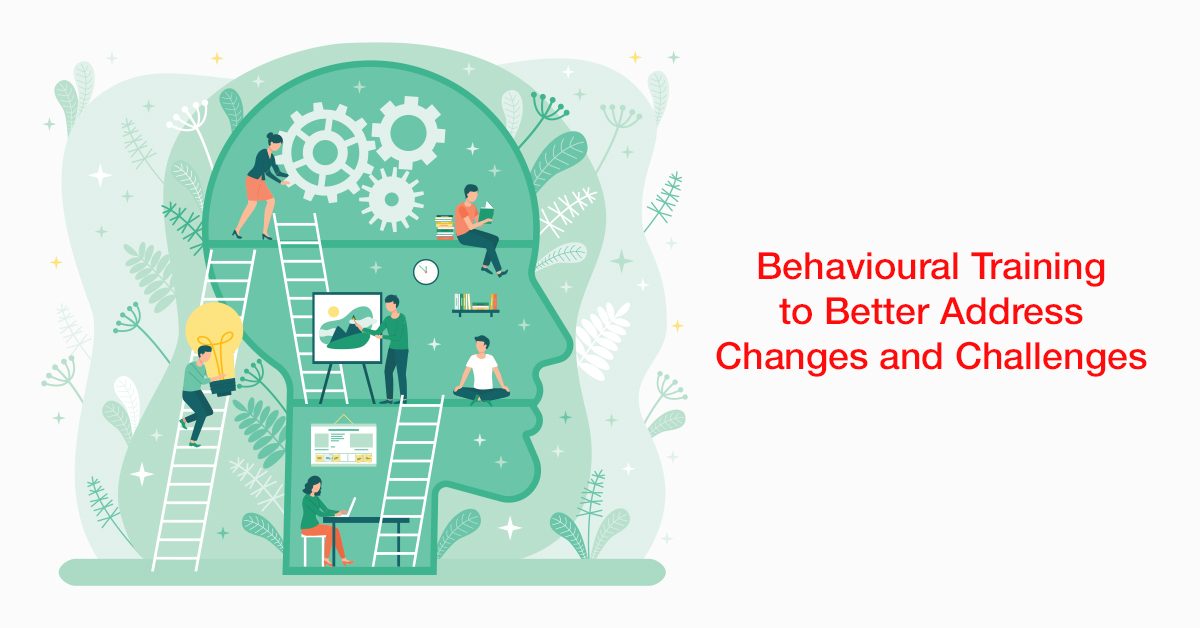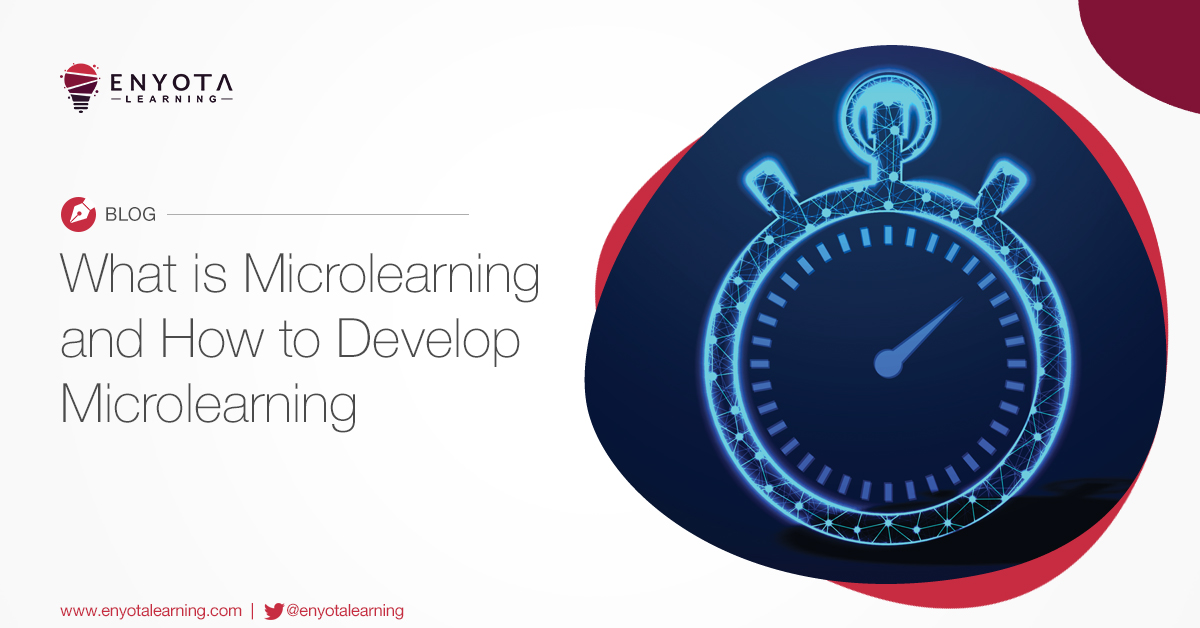
It’s that time of the year when everybody who is an HR manager starts planning their eLearning budgets for 2019. Most organizations today are focused on maximizing employee performance, and eLearning has risen in strategic importance to help them make optimal use of this most valuable asset. They turn to eLearning for the immense scope of application, cost-effectiveness, and customization capabilities. It is estimated that by 2020, 98% of all organizations plan to use eLearning.
The use of modern technologies is giving eLearning an extra edge, and as technology innovations increase, so does the capability of eLearning providers to create more immersive and impactful training programs.
The next question then is—how should the HR department strategize their eLearning initiatives? This is answered by asking another very important question:
How do I plan my eLearning budgets for 2019?
We’ve identified three areas that can ensure that eLearning initiatives deliver not only ROI but also knowledge gain and improved employee performance.
Employee Onboarding
Today’s business dynamics demand that new hires hit the ground running. Onboarding not only is an opportunity to create a great first impression on new hires for organizations but also to give them a clear idea of what is expected of them. Most employees have to go through overwhelming volumes of information at their orientation. More often than not, this information is completely irrelevant to their job roles and often can be the cause of ‘death by orientation’ – fatigue even before the race has begun.
Creating effective, efficient, contextual, and relevant employee onboarding programs must be a primary focus for HR departments. With eLearning, HR departments can create personalized and hyper-contextual learning that is relevant to their employees. For example, a comprehensive program can be created for junior, entry-level hires. This could take into account the processes, corporate culture, their roles and responsibilities, and provide them with a high-level view of where they fit into the organization. For senior-level employees, such as VP or Director, the onboarding program can be more strategic in nature.
Personalizing onboarding programs helps in optimizing the onboarding experience. Organizations thus should look at new eLearning strategies, tools, and technologies to enable the same and to set up their employees for success.
Sales Enablement
“As the rate of skills accelerates across both old and new roles in all industries, proactive and innovative skill-building and talent management is an urgent issue. What this calls for is a talent development function that is rapidly becoming more strategic and has a seat at the table.” — World Economic Forum.
With technology evolving at the speed of light, what was relevant yesterday is redundant tomorrow. Organizations must come up with new products and services all the time. To ensure that these new products are well-received in the market is the responsibility of the sales teams. And knowledge is a sales person’s most powerful weapon.
eLearning can be a great tool for sales enablement as it can capably push information into the hands of the sales people at the right time, where work happens. New product/services training cannot be put off for later and classroom training for these field workers can be a logistical nightmare. eLearning initiatives with mobility, micro-learning, videos, gamification, etc. can make sales training programs highly effective. It also alleviates the dependence on formal and event-based training and ensures that the content is disseminated to help salespeople apply the knowledge.
With eLearning, training departments can provide product updates to these salespeople in the field on the fly, give them outlines of new features and functionalities, the benefits and applications of the product etc. The salespeople can get access to a ready repository of information that can be accessed anywhere, anytime giving the sales process more knowledge power.
HR departments thus should focus on creating contextual, configurable learning experiences by pairing the right technology with the right content to turn training and L&D initiatives into sales enablement drivers.
Employee Engagement
Active employee disengagement costs the U.S economy $450 to $550 billion per year according to Gallup’s State of the American Workplace report. Engaged employees actively help organizations meet their business goals and are motivated performers. And yet, almost 70% of workers are not engaged at work. The National Research Business Institute says that 23 % of employees leave for the lack of development opportunities and training.
Clearly, HR teams have to look at designing initiatives that foster engagement at work since employee engagement, productivity, and profitability are directly connected.
HR teams thus must ensure their learning and development initiatives work as strategic tools of engagement. With a rising millennial population, (by 2025, 75% of the workforce will be millennials), the short skills shelf-life, and a growing skills gap, HR and talent development executives have to prioritize employee development needs to prevent internal skills gap and low productivity. They also have to account for the rise of an increasingly diverse, and multi-generational workforce and tailor their learning initiatives to meet their individual needs. LinkedIn revealed that “Talent developers are preparing their workforce for automation by naming “training for soft skills” their #1 priority”.
HR must evaluate the preferred methods of delivering training programs. Some of the methods that deliver great results in eLearning delivery are video-based ILT (VILT), interactive video-based learning, gamification, podcasts, localization, and AR and VR technology. HR teams also have to ensure that the training programs are personalized and adaptive to enable customized learning.
Social learning is another aspect to consider when bolstering engagement at work. Social learning makes learning a group activity. The integration of social learning with the LMS allows real-time discussion with increased participation from the learners. This facilitated better retention and increased impact.
With eLearning, HR departments have the opportunities to create purposeful training programs that are fun (think gamification and quizzes), motivate the employees to complete their training programs and increase employee engagement levels.
In 2019, organizations have to view training as a key differentiator to retain and attract new talent. So, when making your training calendar, where will your eLearning $$$s go?
We have a great tool called the eLearning Cost Calculator that provides you with a ballpark estimate in minutes. If you’re interested in knowing how much your next eLearning could cost or are planning your eLearning budgets for 2019—try out our eLearning Cost Calculator! You can also get in touch with us by filling a contact form and one of our representatives will get back to you shortly.





